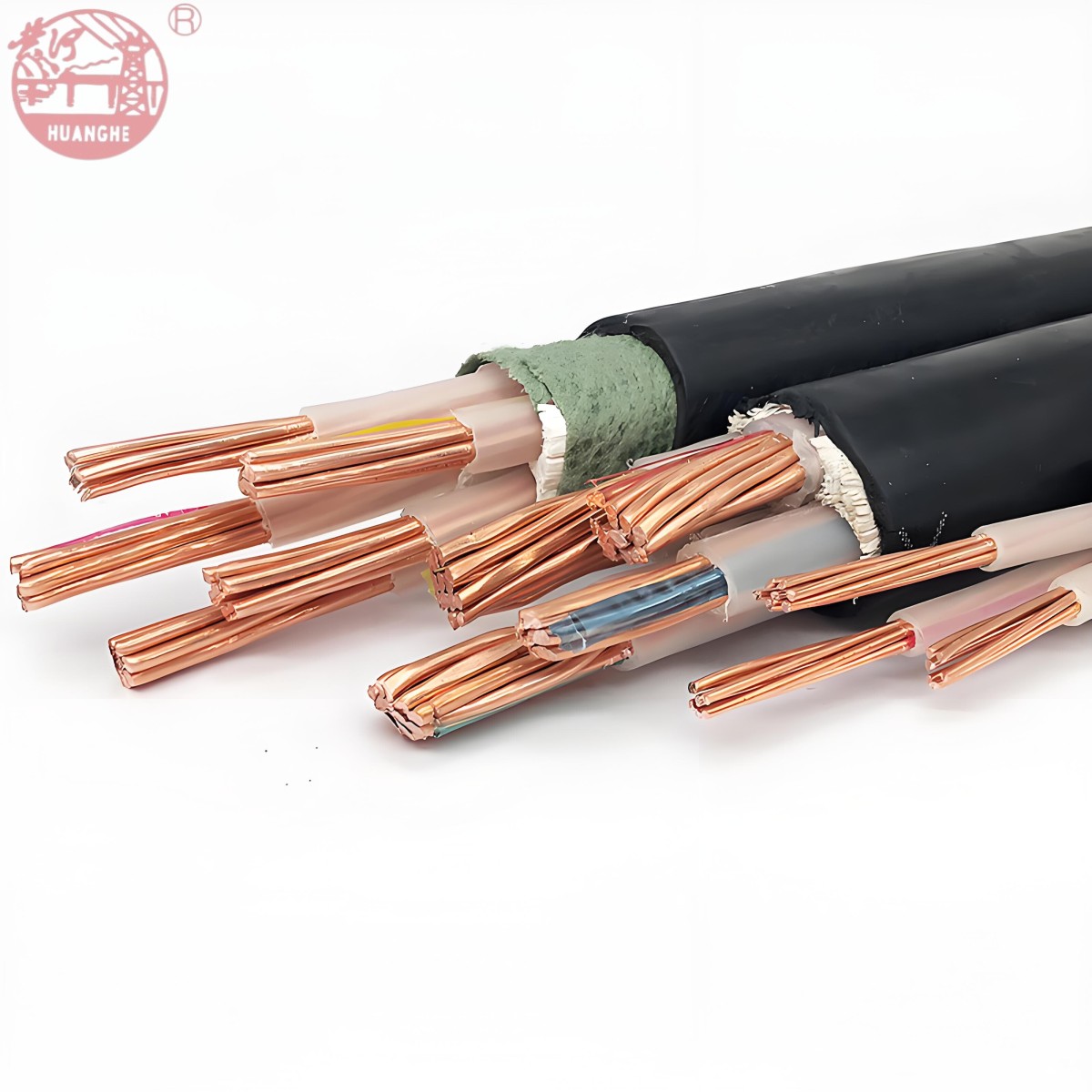News
In the wiring of data centers, hospitals, metro stations, high-rise buildings, and areas with high human traffic, Low Smoke Zero Halogen (LSZH) flame retardant cables have become the preferred choice. They can significantly reduce the release of toxic and corrosive smoke during a fire, buy valuable time for evacuation, and protect sensitive electrical equipment.
However, the market is flooded with products of varying quality. How can you discern and select truly high-quality LSZH cables, rather than settling for a mere "concept"? As a seasoned professional in the cable industry, today I will guide you through several core methods of identification to dispel any confusion.

Step One: Certification and Standards - The Product's "Identity Card"
This is the most crucial and fundamental step. A high-quality LSZH cable must possess authoritative "proof of identity."
Domestic Projects: Firstly, focus on whether it has obtained mandatory national certification (CCC certification). Additionally, check if it complies with national standards such as GB/T 19666 (Flame Retardant and Fire Resistant Wires and Cables Regulations) and GB 31247 (Fire Performance Rating of Cables and Optical Cables). Regarding LSZH performance, pay particular attention to whether it meets flame retardancy Class B or even Class A, as well as smoke density, and toxic gas index.
Export or foreign investment projects: Look for international certifications such as the CE certification of the European Union and CPR (Construction Products Regulation) certification. The CPR certification levels (e.g., ca s1b d1 a1) directly define the cable's performance during combustion. Also, consider certifications like UL certification in the United States (e.g., UL 1685).
Step Two: Visual Inspection and Odor Assessment - Preliminary "Physical Examination"
Visual Inspection: High-quality LSZH materials (typically polyolefin) used for the sheath exhibit a uniform, delicate color with a slight gloss. In contrast, inferior products may have uneven, dark colors or contain excessive impurities.
Odor Assessment: This is a highly effective method. Genuine low smoke zero halogen materials are odorless or have an extremely faint, barely perceptible odor under normal conditions. If you detect a pungent, plastic-like acidic or unusual smell, it is likely a counterfeit made from recycled materials or PVC, which often contains volatile additives.
Step Three: Performance Testing - In-depth "Professional Examination"
Merely assessing the surface is insufficient; critical performance must be evaluated through data and testing.
Burning Test (Core):
Flame Retardancy: Ignite one end of the cable with a lighter, then move the flame away. A high-quality LSZH cable should self-extinguish rapidly and not propagate the flame.
Smoke Density: During combustion, the smoke produced should be light gray and thin. If dense black smoke is generated, it is certainly not genuine.
Gas Properties: Suspend a moist pH test paper above the flame. The gas produced by a high-quality LSZH cable should be neutral (pH ≈ 7) as its primary byproduct is water vapor. In contrast, halogen-containing cables (e.g., PVC) produce acidic gases that turn the pH paper red (pH < 7).
Density Measurement (Auxiliary): Since LSZH materials are filled with metal hydrates (such as aluminum hydroxide), their density is typically slightly higher than PVC. You can cut samples of the same length and specification and compare their weight; high-quality LSZH should feel heavier.
Step Four: Structural Dissection - Examination of the "Internal Beauty"
Cut a cross-section of a cable and observe its internal structure.
Conductors: High-quality cables use high-quality oxygen-free copper with good gloss and acceptable resistivity, not discolored or recycled copper or copper-clad aluminum/steel. The conductor cross-section should be smooth and sufficiently square.
Insulation and Sheath: The material should be uniform, bubble-free, with consistent thickness. You can try bending the cable by hand; a high-quality LSZH sheath should exhibit moderate flexibility at room temperature and resist cracking upon repeated bending. In contrast, inferior materials may be too brittle or too soft.
Step Five: Report Verification - The Ultimate "Authoritative Judgment"
For large-scale projects or bulk purchases, the most reliable method is to submit samples for testing.
Request the manufacturer to provide recent, authoritative full-performance test reports from third-party testing institutions (e.g., Shanghai Cable Institute, SGS, TÜV, etc.).
The reports should focus on:
Flame retardancy rating
Smoke density rating (light transmittance)
Halogen acid gas content (should be close to zero)
pH value and conductivity (measures of gas corrosiveness)
Step Six: Brand and Manufacturer Selection - Long-term "Quality Endorsement"
Choose brands and manufacturers with a good reputation and history in the industry.
Conduct on-site visits or watch videos to understand the manufacturer's production scale, process, and quality control system. A well-managed factory is the foundation for producing consistently high-quality products.
In conclusion:
When selecting high-quality low smoke zero halogen cables, do not rely solely on the claims of vendors or the price. It is a systematic process that involves external observations (color, odor), simple tests (burning, testing), document verification (certifications, reports), and an overall assessment of the manufacturer's capabilities.
Remember, in the face of life safety, a momentary low price may signify significant risks. Investing in a genuinely high-quality LSZH cable is a sign of respect for life and property, as well as a responsible approach to ensuring the long-term stability of your projects.
I hope this guide helps you make informed decisions! If you have any questions, feel free to discuss them in the comments section.

